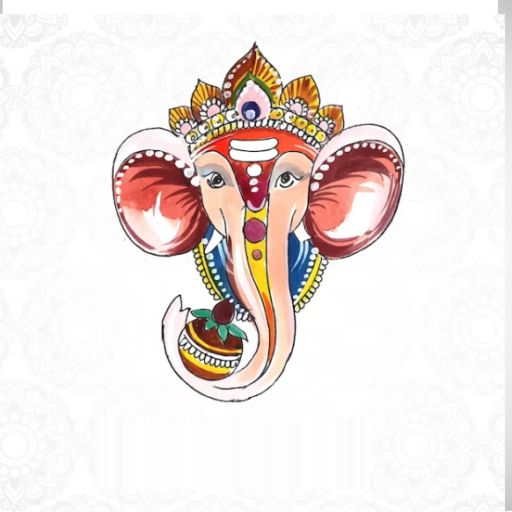
Tuesday, the fourth day after the full moon, is called Angarki Chaturthi. The Angarki Chaturthi during an extra month is considered highly significant because it occurs once in twenty-one years. Angarki Chaturthi derives its name from ‘Angaraka,’ meaning the fiery red planet Mars, referred to as Mangal (which lends its name to Mangalvar or Tuesday). It is believed by devotees that praying on this day fulfills their wishes. Observing this fast minimizes obstacles as Ganesha is the remover of all obstacles and the supreme lord of intelligence.
In three years, there are 37 months, meaning 37 Angarki Chaturthis. Dividing 37 by 7 (total days in a week) gives 5. Hence, usually, every five years, Angarki Chaturthi occurs.
In 33 months, an extra month is included, meaning there are usually seven extra months in 21 years. In these extra months, the possibility of Angarki Chaturthi occurring is once every seven years.
If Chaturthi falls on a Tuesday, it also enhances the impact of Mars on Ganesh Puja. As per legends, those who worship Lord Ganesha, observe fasts on this day receive auspicious blessings from him.
Angarki Chaturthi Puja:
During Angarki Chaturthi, remember Lord Hanuman alongside Lord Ganesha. This action removes the ill effects of Mars from your horoscope. Wake up early and bathe with black sesame seeds in water. After worshipping Lord Ganesha, benefit from fasting. Place Lord Ganesha’s idol on a red-colored seat and offer incense, lamps, food, fruits, and flowers. In Hinduism, many Ganesh devotees fast on this day. In the evening, perform the puja for Lord Ganesha in your home and offer Durva grass and Modak. After the moonrise, recite Ganpati Shlokas, and then conclude the fast. Apply red vermilion to Lord Ganesha and offer Durva grass for sure success.
Angarki Chaturthi’s significance:
Angarki Chaturthi is addressed as the day of Mars’ influence. The story behind it is fascinating. In the Kritya Yuga, the great sage Bharadwaj was a devoted follower of Lord Ganesha and had emphasized the importance of Ganesha worship to humanity from that age itself. From these sages, an earthy celestial came into being named Angaraka, who was born near the Jaaswand tree and had a reddish complexion. After being on earth for seven years, Bharadwaj brought him under his guidance. He taught him the Vedas and Ganesha mantras for worship. After that, the boy went into the forest. After a thousand years of penance, he pleased Lord Ganesha. On that day, it was Mangalvar, and the Angarki Chaturthi had arrived.
He asked for the boon to administer the nectar from heaven and be famous across the three worlds. He requested this boon from the pleased Lord Ganesha. Ganesh granted his most ardent devotee a special name, ‘Angaraka,’ and established his connection with 21 devotees observing the 21 Chaturthis, promising them success. Thus, by remembering Angarki Chaturthi, one should not forget this, as the 21 Chaturthis lead to fruitful results. Due to the righteous deeds of these thousand years of penance, even in future ages, their unfulfilled desires would be met. They would be free from debts. Therefore, by remembering Angarki Chaturthi, one can achieve certain desires.
Thus, if Angarki Chaturthi falls on a Tuesday, it is crucial to observe the fast, whether to fulfill some unmet desires or to clear significant obstacles. Tomorrow, the gravitational pull of the auspicious planet Mars towards Earth happens, and on this day alone, follow the fasting schedule after viewing the moon.
This translation provides an overview of the text’s content, emphasizing the significance and rituals associated with Angarki Chaturthi, Ganesha worship, and the astrological influence of Mars on this occasion.